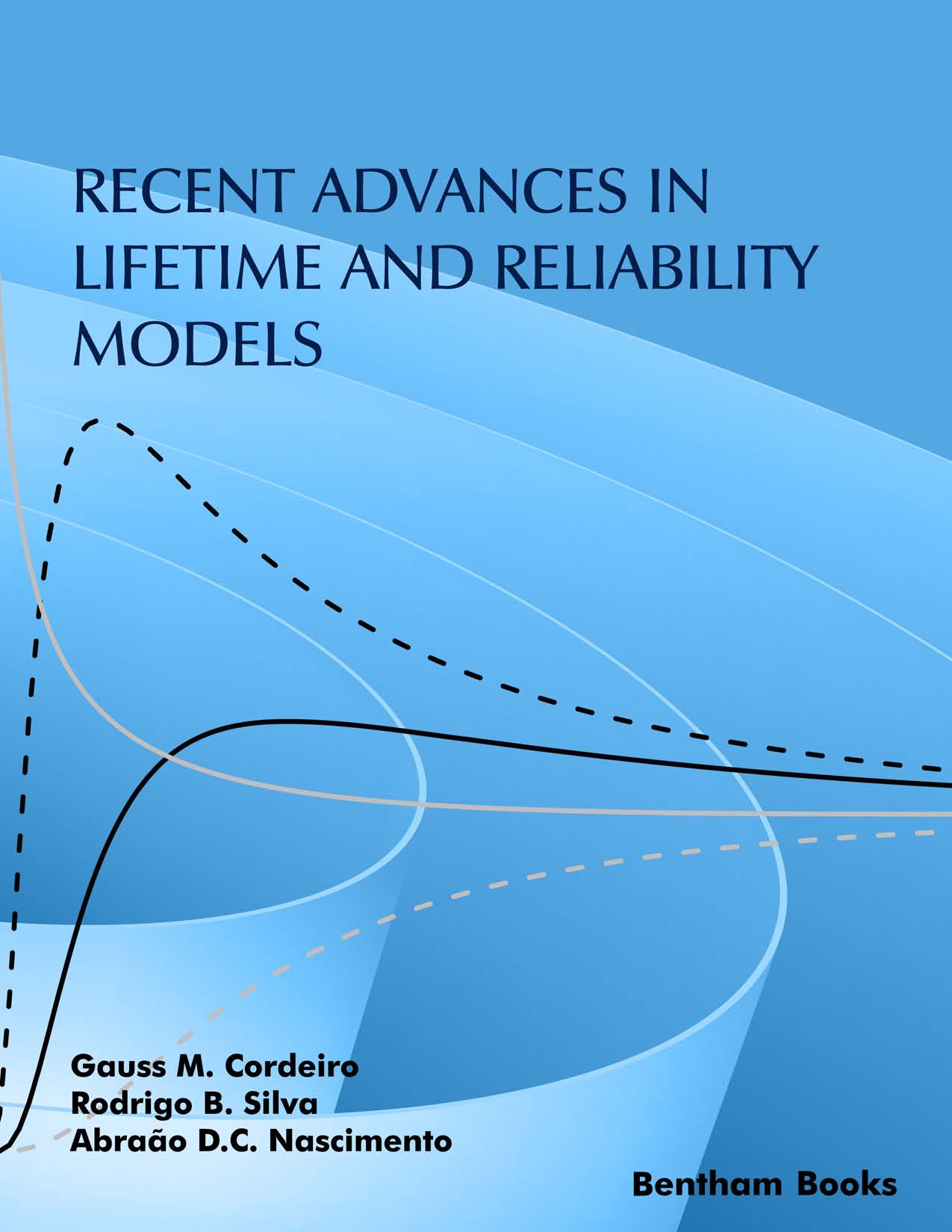The theory of distributions with support in the positive real numbers has grown
and matured in the last two decades, becoming one of the main statistical
tools for the analysis of lifetime (survival) data. In fact, in many ways,
lifetime distributions are the common language of survival dialogue because the
framework subsumes many statistical properties of interest, such as reliability,
entropy and maximum likelihood.
This book provides a comprehensive account of models and methods for lifetime
models. Building from primary definitions such as density and hazard rate
functions, the book presents the distribution theory in survival analysis. This
framework covers classical methods, such as the exponentiated method, and
also the most recent developments in lifetime distributions, such as the beta
family and compounding models. Additionally, there is a detailed discussion
of mathematical and statistical properties of each family, such as mixture
representations, asymptotes, some types of moments, order statistics, quantile
and generating functions and estimation. There is also a brief exploration of
regression models for the beta generalized family of distributions. Throughout
the text, we focus not only on the theoretical arguments but also on issues that
arise in implementing the statistical methods in practice. The most recent
parametric models in lifetime data analysis are covered without concentrating
exclusively on any specific field of application, and most of the examples are
drawn from engineering and biomedical sciences. It is important to emphasize
that even with omission of some models, the great amount of models available
has forced us to be very selective for inclusion in this work. To keep the book
at a reasonable length we have had to omit or merely outline certain models
that might have been included.
To help readers, lists of notation, terminology, and some probability distributions
are given at the beginning of the book. All notational conventions are the
same or very similar to the articles from which the models are based. Readers
are assumed to have a good knowledge in advanced calculus. A course in real
analysis is also recommended. If this book is used with a statistics textbook
that does not include probability theory, then knowledge in probability theory
is required.
The main five generators of new distributions are grouped into seven sections
corresponding to those to which they give names. Chapter 1 contains introductory
material with mathematical and statistical background for understanding
this book. Chapter 2 deals with the exponentiated method. Explicit expressions
for the quantile function, ordinary and incomplete moments, probability
weighted moments, cumulants and generating functions are presented for
the exponentiated-G family. Chapter 3 discusses the procedure that generates
what we call the beta generalized family. Further, useful expansions
and several statistical properties are presented. Chapter 4 provides theoretical
essays about five special models in the beta family. For each model, its
cumulative, density and hazard rate functions have explicit forms and important
linear representations, which can be used to obtain some mathematical
properties. Two applications are performed in order to illustrate the flexibility
of the densities under discussion. Chapter 5 introduces the Kumaraswamy
generalized family. In addition, several structural properties are presented
and discussed for this family. Among them, useful expansions, quantile and
generating functions, moments and mean deviations. Additionally, estimation
and generation procedures are investigated. Chapter 6 presents three special
cases of the Kumaraswamy generalized family. Some mathematical properties
are provided such as the moments and generating function. Useful expansions
for the density function and some special cases are presented. Chapter 7
discusses the gamma generalized family proposed by Zografos and Balakrishnan
(2009). Several mathematical properties are provided such as expansions for
the density and cumulative functions, quantile function, moments, generating
function and entropies. A bivariate generalization is presented. Chapter 8
introduces a family of models defined by compounding two (a continuous and
other discrete) distributions. We provide important mathematical properties
such as moments and order statistics. We discuss the estimation of the model
parameters by maximum likelihood and prove empirically the potentiality of
the family by means of two applications to real data.
Readership
We hope that this book inspires students that make extensive use of observational
data, including finance, medicine, biology, sociology, education,
psychology, engineering and climatology. Further, we hope that our readers
come to regard this book as a reliable source of information and we gladly
welcome all efforts to bring any remaining errors to our attention.
Acknowledgements
Authors would like to thank the financial assistance received from Conselho
Nacional de Desenvolvimento Cient´ıfico e Tecnol´ogico - CNPQ. Our indebtedness also extends to Statistic Departments at Federal University of Pernambuco
and Federal University of Para´ıba by providing some facilities.
Conflict of Interest
The authors endorse that the Book content has no conflict of interest.
Gauss M. Cordeiro
Universidade Federal de Pernambuco, Brazil
Rodrigo B. Silva
Universidade Federal da Para´ıba, Brazil
Abraão D.C. Nascimento
Universidade Federal de Pernambuco, Brazil

